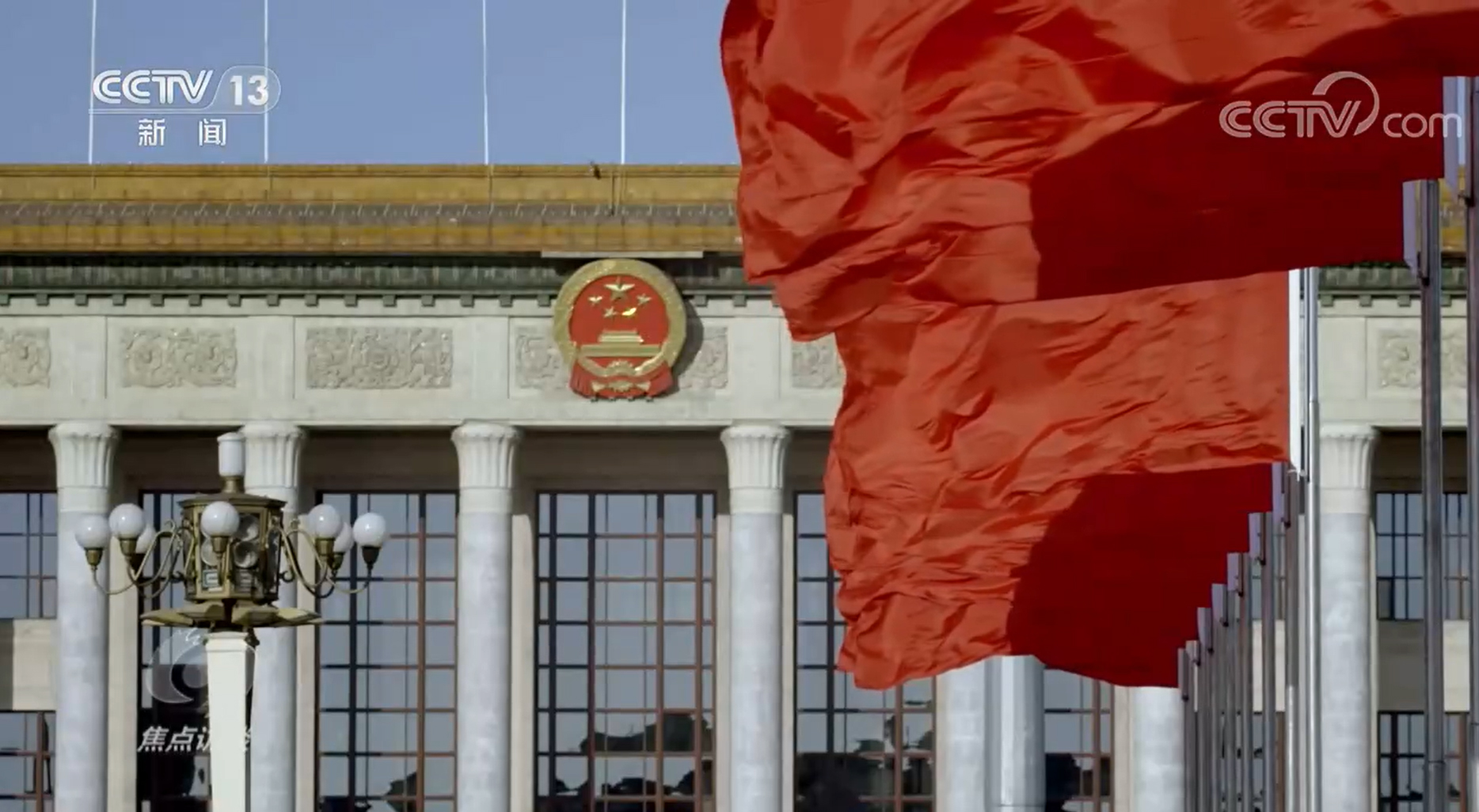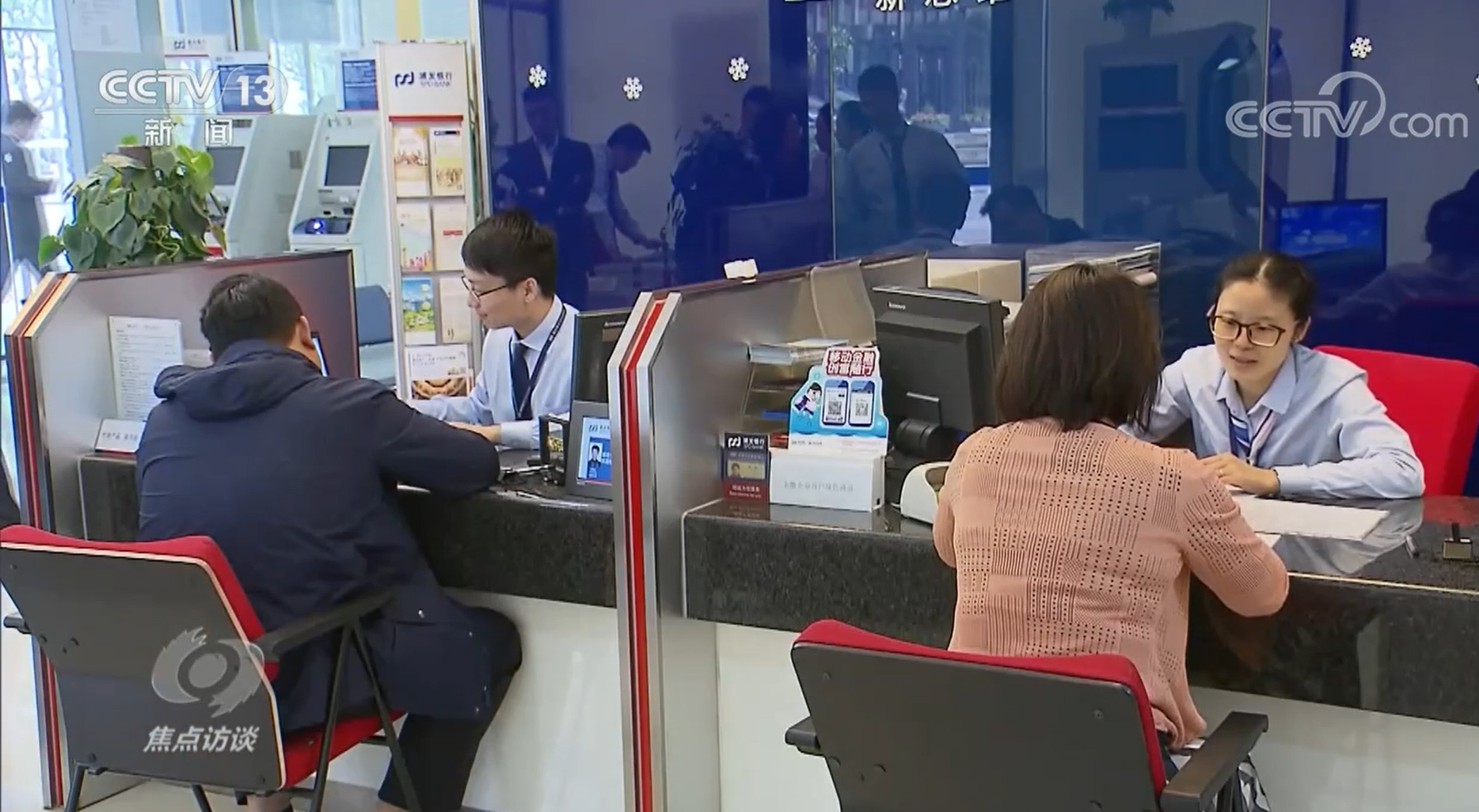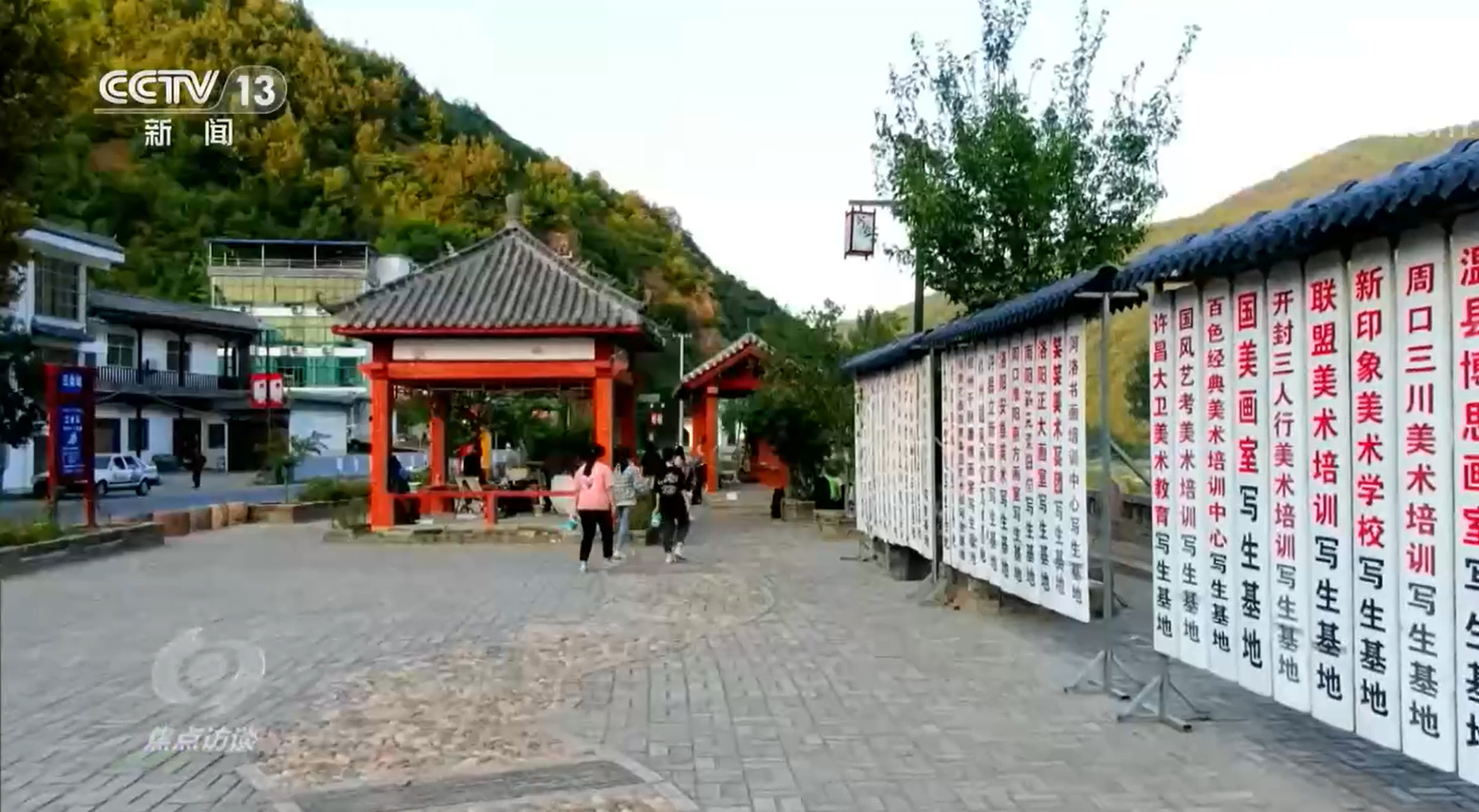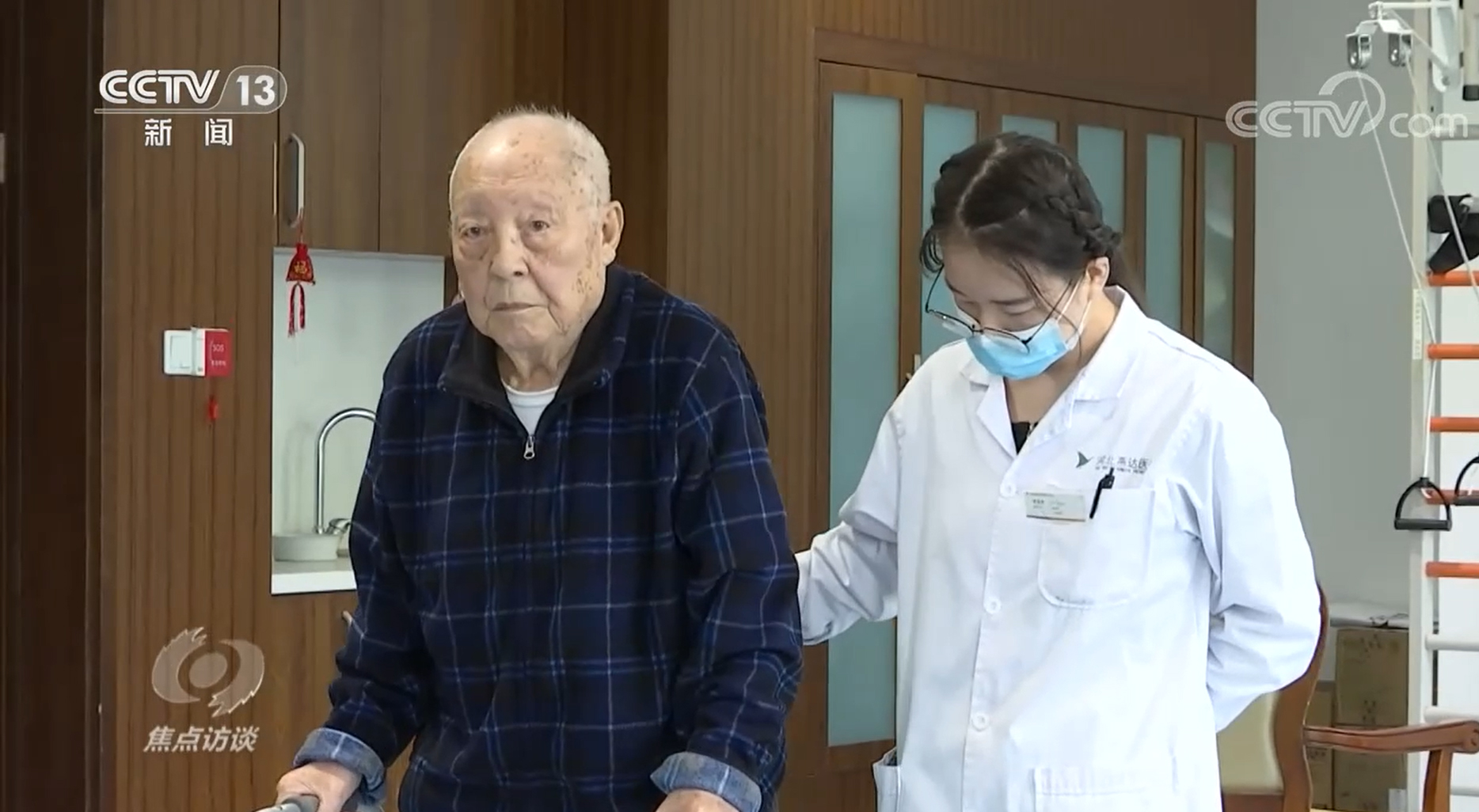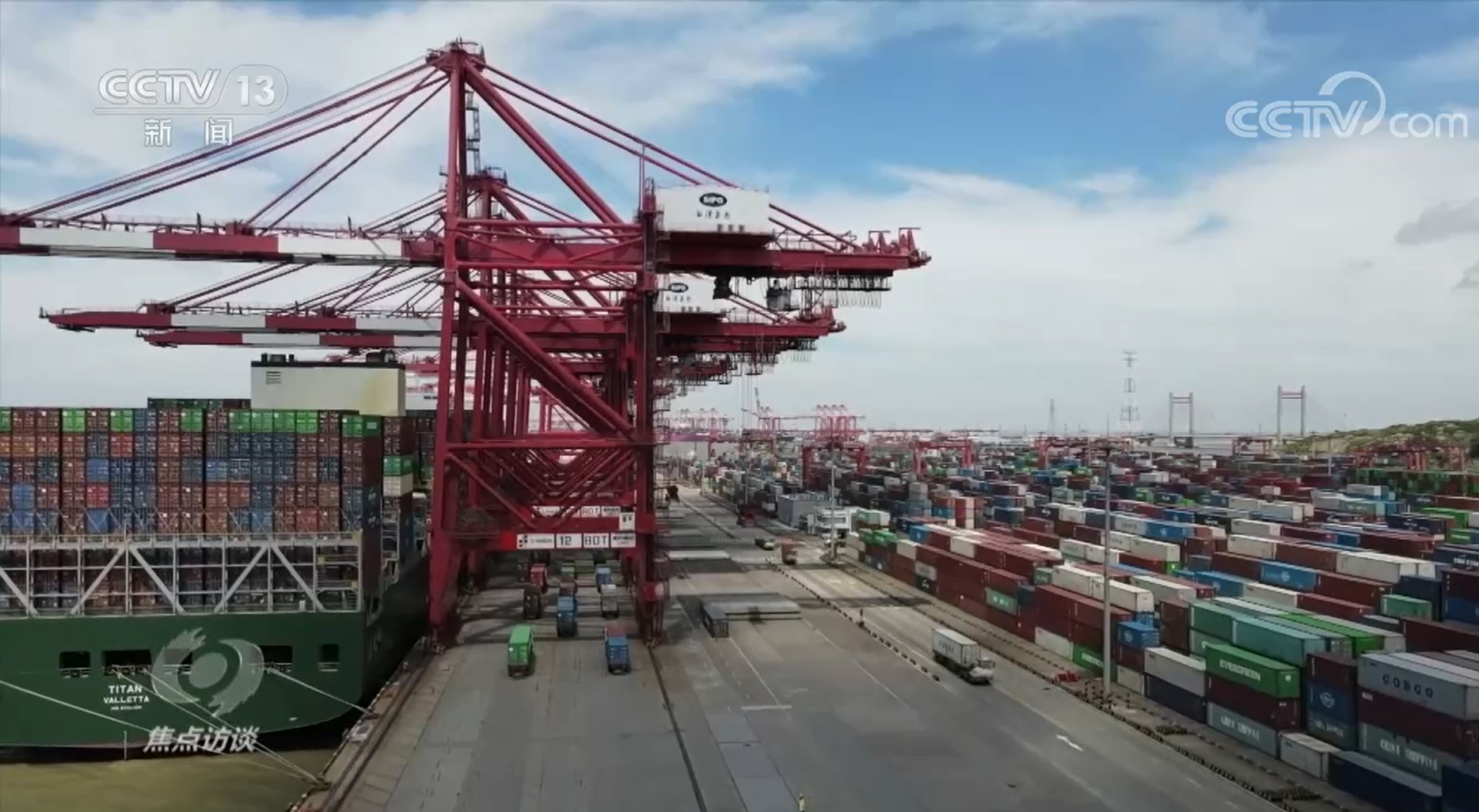Apple MR takes a fancy to this new technology, which will detonate the consumer electronics industry chain
Guo Ming, who is known as the strongest Apple analyst on the surface, mentioned in a report a few days ago that Apple MR will be released in January next year. At the moment when the news of the industrial chain is constantly released, the brand-new Pancake optical module that Apple’s new MR will adopt has become the focus of the market.
Guo Ming said: The first generation of Apple AR/MR head display will be equipped with two 3P Pancake modules, but in the second generation of Apple AR/MR head display, the cost of Pancake lens will increase in order to improve the user’s visual experience and product shape design.
In addition, according to market news, Pico Neo 4 and Pico Neo 4 Pro will be released globally simultaneously in September and October. It also includes the next generation products of Meta Quest 3 and Cambria, which will also use Pancake optical module for the first time.
According to the research of knowledge and wisdom on Wall Street (WeChat official account: Pro of Wisdom Research), many XR star products have chosen the optical scheme of Pancake successively, which will soon bring the explosive growth of demand for Pancake.

In the world of VR, optics has always been an important track. Because the optical design and the final rendering effect directly affect the final VR experience effect, which will involve the clarity of picture presentation, the sense of immersive experience and the comfort of wearing VR.
At present, the mainstream models with better market sales all use Fresnel lenses, including the best-selling products Meta Quest 2 (80% market share) and Pico Neo 3.

Fresnel lens can become the choice of Meta, and it must have its own "outstanding features", and the most important point is: high cost performance.The price of a single Fresnel lens is about 15-20 yuan, while the price of a Pancake module is about 150-200 yuan, excluding the screen.
Simply put, it is very cheap while ensuring the picture presentation effect, which is undoubtedly the best choice for Meta, which focuses on ultra-high cost performance. And in the same year Quest 2 was released, it attracted a lot of new powders, and won the throne of Longyi in the market the following year, and it has not been surpassed so far.
Since Fresnel lens is cheap and easy to use, why is it repeatedly reported that Apple’s star product, MR, will adopt Pancake module?
The main reason is that MR products require higher standards for visual experience, and at this moment, the defects of Fresnel lens itself are also exposed, such as the difficulty in achieving very high picture clarity.
However, Fresnel lens is still a wise choice for any imaging lens that needs low price, thinness and light weight.
There are several schemes of light propagation and imaging in VR optical scheme, including vertical optical path (aspheric lens and Fresnel lens), folded optical path (Pancake and night scene polarization holography), composite optical path and specific optical path.

Pancake’s optical route is a folding scheme, which is significantly different from the direct optical path of Fresnel lens in that it can greatly reduce the distance between the lens and the screen, which is very important for heavy VR head display equipment. From the above figure, we can see that Pancake’s optical scheme shortens the distance between lenses from 40-50mm to 15-20 mm.
 The feeling experience given by the data is always not enough, so let’s look at the physical comparison diagram of Skyworth VR Pancake module and Fresnel lens module, and the gap of this size is clear at a glance.
The feeling experience given by the data is always not enough, so let’s look at the physical comparison diagram of Skyworth VR Pancake module and Fresnel lens module, and the gap of this size is clear at a glance.

It’s like a mobile phone. We used to use a mobile phone, but now we use a full-screen mobile phone like Apple and Android. The upgrade and optimization of optical display, on the one hand, reduces the weight of the product, but also more beautiful. More importantly, the high-definition imaging quality of the product brings people a better feeling.
Secondly, pancake can adjust diopter, which can bring better visual experience to users with myopia.
At present, most VR devices using Fresnel lens cannot adjust diopter performance. In other words, nearsighted users need to wear their own glasses when using them, otherwise the image clarity will be affected.
The Pancake lens can solve this problem. By adjusting one lens in the Pancake combination lens, the focal length can be changed, so that myopia users can experience the visual pleasure of taking off their glasses.
Pancake’s imaging quality is good, but it also has the congenital shortcomings of small field of view and easy to produce artifacts, but there is a solution, that is, the film pasting process.
Pancake production process includes optical design, lens processing, lens pasting, assembly and inspection.
 One of the most important links is the lens film. In particular, the curved film sticking process can enlarge FOV and improve the shortcoming of Pancake’s small field of view, but the process is very difficult.
One of the most important links is the lens film. In particular, the curved film sticking process can enlarge FOV and improve the shortcoming of Pancake’s small field of view, but the process is very difficult.
On the one hand, Pancake has higher requirements for optical film materials.

On the other hand, the edge of the curved surface film is easy to be uneven, which greatly reduces the yield of the product, so the cost of the film is relatively expensive.
Now the cost of a set of pancake lenses (monocular) is close to that of 100 yuan. According to the forecast of Tianfeng International analyst Guo Ming Ti, the total cost of MR Pancake lens is about 30-40 USD (about 201-268 RMB), which is roughly equivalent to 20 high-end 7P lenses.
Generally speaking, the film is indeed a ring with high technology and value in Pancake module.
At present, there are few companies that can meet the requirements. Only a few companies such as 3M, Asahi Kasei and Sanlipu have key processes. Now they mainly rely on manual film pasting, and the efficiency is relatively low.
According to brokersSanlipu’s forecast shows that the shipment value of pancake module will increase rapidly in the next three years, from 53 million yuan in 22 years to 532 million yuan in 24 years, and the income will increase tenfold in two years.

In addition, there is already a consensus that Yu Jingguang and Yang Mingguang are the main suppliers of the first generation Pancake module of Apple MR, and Da Liguang may be the new supplier of the second generation of Mr.
Summary: The research on Wall Street’s experience and wisdom (WeChat official account: Pro of Wisdom Research) holds that:The release of new VR products is coming one after another, and Pancake’s new optical scheme will attract much attention. With the increase in the shipment of new VR products, the demand of Pancake will usher in rapid growth, and the core link of Pancake is film pasting, which belongs to the field of high value and technology.
Live topic: Dialogue with Semiconductor V: How can V:Chiplet play?
Live broadcast:
Specially invited guests: [Chen Qi], a well-known semiconductor expert, is in charge of "What’s Brother Qi’s coup" in WeChat official account. "I heard that everyone is speculating on the concept of Chiplet, but it’s still puzzling after the speculation? Author
(The summary of this live broadcast will be launched within 3 working days after the live broadcast. WeChat WeChat official account Jianzhi Research Pro)
